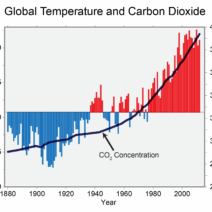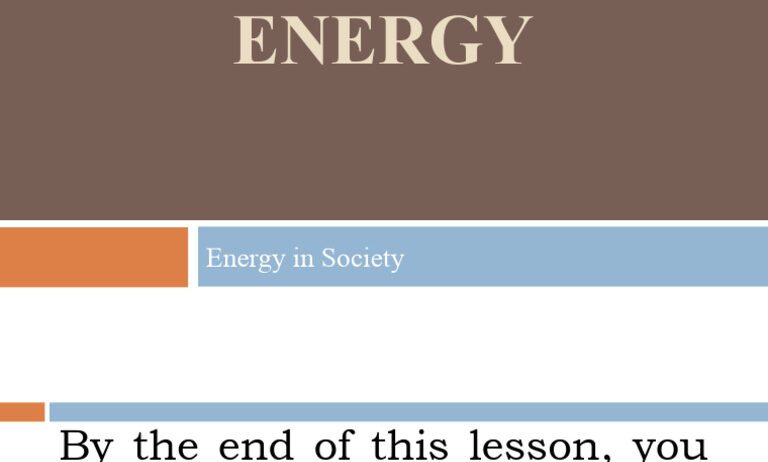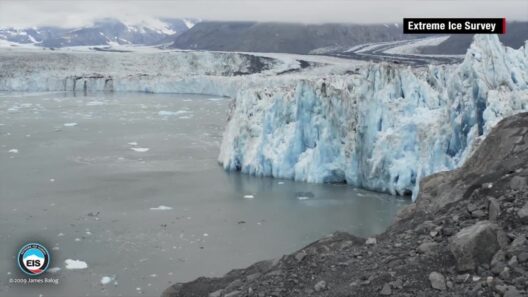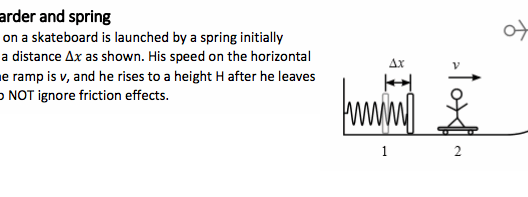The Law of Conservation of Mass-Energy is a fundamental principle in physics that encapsulates the intricate relationship between mass and energy. In essence, it asserts that mass and energy cannot be created or destroyed within an isolated system; they can only be transformed from one form to another. This principle acts as a cornerstone for various scientific disciplines, illuminating our understanding of both the universe and the processes that govern everyday phenomena.
The concept can be traced back to classical mechanics, with roots in the works of historic figures such as Isaac Newton and Albert Einstein. Newton laid the groundwork with his laws of motion, while Einstein’s revolutionary theory of relativity, encapsulated in the equation E=mc², brought to light the latent energy inherent in matter. This equation not only illustrates how mass can be converted into energy but also provides a profound insight into gravitational phenomena and nuclear reactions, amongst other scientific occurrences.
At the heart of this law is the compelling notion that energy and mass are interchangeable. To the casual observer, this might seem like an abstraction, yet its implications permeate daily life. For instance, consider the transformation of food energy into kinetic energy during exercise. Our bodies metabolize the food we consume, converting chemical energy into the physical energy required for movement and activity. In this way, the law underscores the underlying connectivity of all physical processes, binding them into an intricate tapestry of existence.
The fascination with the Law of Conservation of Mass-Energy extends beyond its scientific merit, embedding itself within the fabric of philosophical inquiry as well. Questions arise: What constitutes the essence of matter? What is energy in its most fundamental form? The juxtaposition of mass and energy challenges our perceptions of reality, inviting a re-evaluation of how we interact with the world. It pushes us to ponder the very nature of existence and the thread of continuity that runs through all matter.
In the realm of nuclear physics, the law finds a visceral representation in nuclear reactions, where minuscule amounts of mass are converted into substantial energy. For example, during nuclear fusion within stars, hydrogen nuclei fuse to form helium, releasing vast quantities of energy in the process. This phenomenon not only sustains stellar life cycles but also governs the energy emitted by the sun, our primary source of energy on Earth. Herein lies a cosmic scale interpretation of conservation principles—a delicate equilibrium maintained over eons, further highlighting the importance of understanding and preserving energy sources in contemporary society.
The implications of the Law of Conservation of Mass-Energy extend into practical domains, especially in energy management and ecological conservation. As the world grapples with environmental crises, an awareness of energy conservation becomes critical. This principle serves as a poignant reminder that the energy we utilize for electricity, transportation, and heating is derived from finite resources, which must be managed wisely to ensure sustainability for future generations.
Moreover, the efficiency of energy conversion processes plays a significant role in mitigating ecological impacts. Technologies designed to better harness and convert energy—such as solar panels, wind turbines, and energy-efficient appliances—are manifestations of a commitment to conserving both energy and the environment. Optimizing these processes not only adheres to the law but also aligns with broader governmental and societal goals of carbon neutrality and resource conservation.
Hydrogen fuel cells present another fascinating application of this law in action. By converting chemical energy into electrical energy through electrochemical reactions, hydrogen fuel represents a cleaner alternative to fossil fuels. Such innovations bear testimony to the law’s relevance, providing pathways toward sustainable energy futures and underscoring the critical role science plays in addressing global challenges.
As we delve deeper into fields like quantum mechanics and cosmology, the Law of Conservation of Mass-Energy continues to unfold new dimensions. Quantum theories have postulated that particles can come into and out of existence, prompting discussions around the conservation paradigms in realms less intuitive than our immediate physical experiences. This serves as an intriguing exploration of reality, merging scientific inquiry with metaphysical speculation while reinforcing the interconnectedness of all forms of existence.
The profound implications of this law also necessitate a culture of awareness and education. Public appreciation of conservation principles is essential as society confronts the daunting realities of climate change and resource depletion. Workshops, educational seminars, and community initiatives will foster a deeper understanding of energy conservation practices. Equipping individuals with knowledge empowers them to make informed decisions regarding energy consumption, thus nurturing a collective responsibility towards sustainability.
Ultimately, the Law of Conservation of Mass-Energy embodies both simplicity and complexity. It serves not only as a scientific concept but as a guide for existential reflection. The intrinsic relationship between mass and energy challenges us to engage more deeply with the physical world, while presenting essential lessons for living sustainably in the face of pressing environmental issues. As we harness the principles contained within this law, we can aspire to forge a more harmonious coexistence with our planet, drawing from the wisdom of physics to inform action and inspire change.








